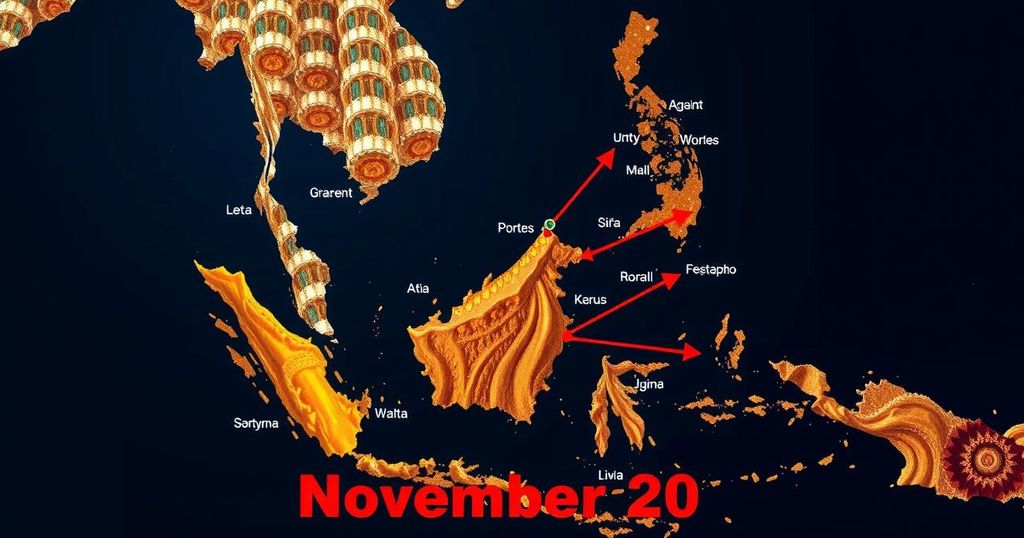India and China Risk Falling into ‘Middle Income Trap’
Recent reports from the esteemed World Bank have raised significant concerns regarding the economic future of two influential nations, India and China. The World Bank has identified a potential risk for these economic powerhouses to become ensnared in the so-called ‘middle income trap’, a phenomenon characterized by a deceleration in growth upon reaching middle income levels.
The concept of the ‘middle income trap’ denotes the tendency for countries to experience a slowdown in economic expansion once they attain middle income levels. This occurrence is often attributed to a nation’s incapacity to transition from low-cost manufacturing to high value-added production and innovation.
The latest report from the World Bank underscores the vulnerability of India and China to this economic threat, despite their considerable progress. Both nations are grappling with persistent challenges related to sustainable growth, productivity, and income inequality.
For India, it is imperative to continue implementing structural reforms to fortify economic expansion and ensure fair distribution of benefits. Meanwhile, China must prioritize the cultivation of innovation and technological advancements to avert stagnation in its economic advancement.
Several factors contribute to the risk of succumbing to the ‘middle income trap’, including a decline in global demand, erosion of competitiveness, diminishing productivity, and insufficient investment in human capital and infrastructure. Addressing these challenges is essential for India and China to sustain their growth momentum and evade stagnation.
In light of these findings, policymakers in both nations are urged to prioritize long-term economic development over short-term gains. This entails investment in education, healthcare, and skills training, as well as cultivating an environment conducive to entrepreneurship and innovation.
Furthermore, the global community can provide support to India and China by facilitating trade and technology transfers, and offering assistance in the development of essential infrastructure and institutions for sustained growth.
As these two emerging economies grapple with the peril of the ‘middle income trap’, it is imperative for them to orient their economic policies toward fostering sustainable and inclusive growth. By doing so, they can mitigate the challenges posed by this phenomenon and sustain their trajectory toward becoming high-income economies.
In conclusion, the cautions issued by the World Bank underscore the urgency of proactive measures to forestall India and China from succumbing to the ‘middle income trap’. By addressing the structural impediments to growth and concentrating on innovation and human capital development, these nations can safeguard their future economic prosperity and contribute to global stability and development.








Post Comment